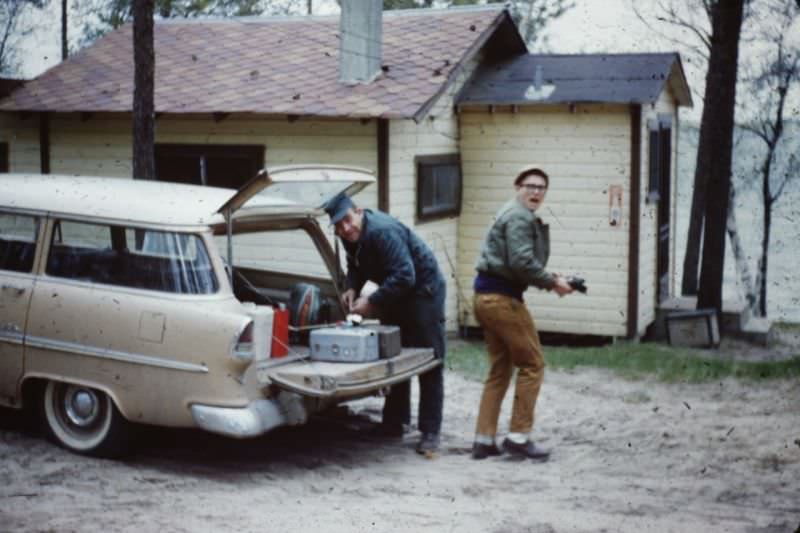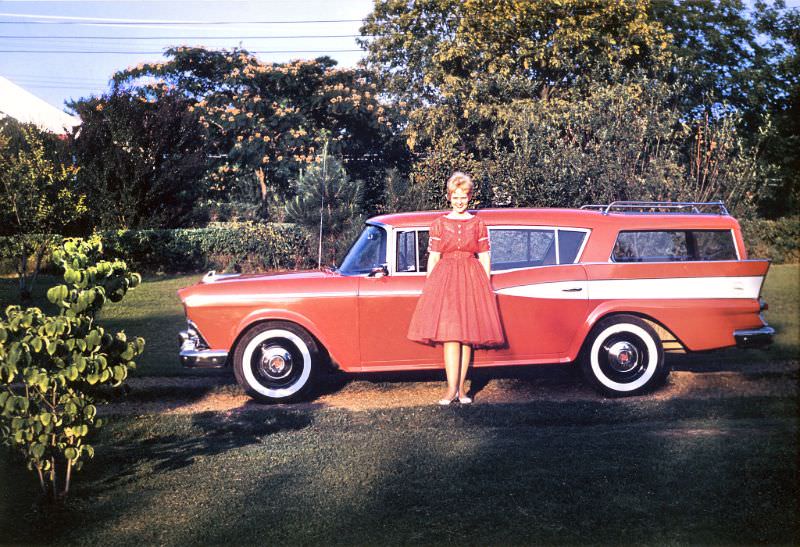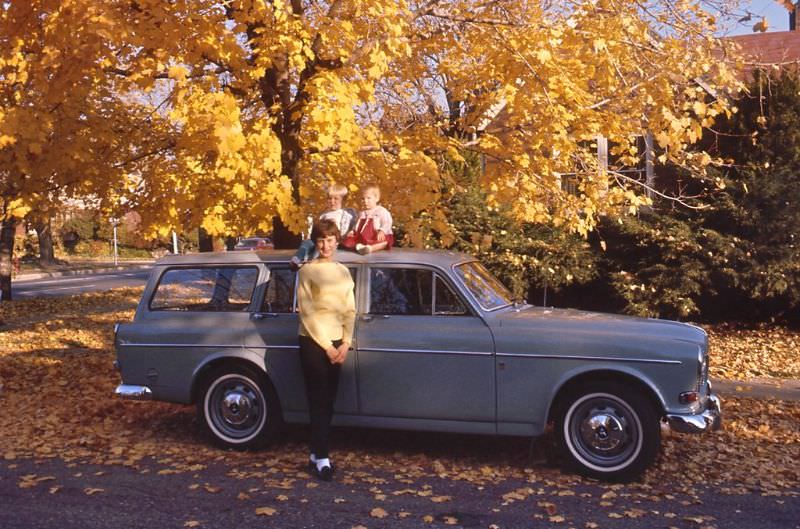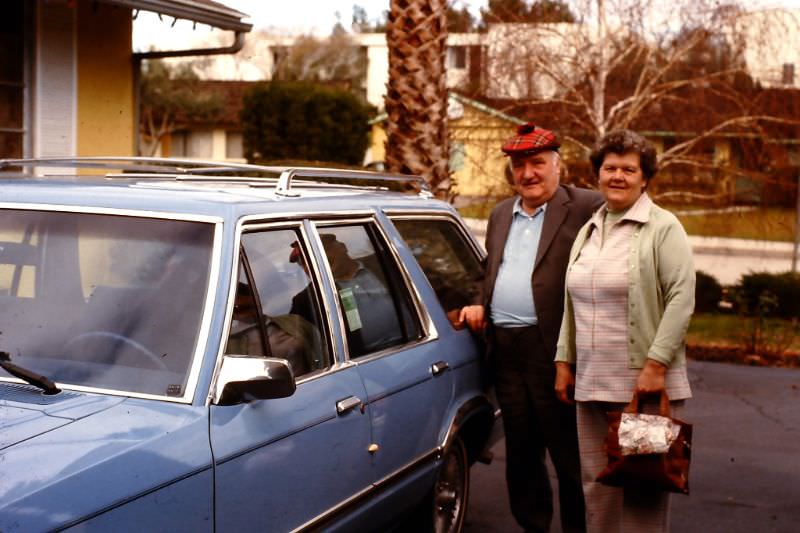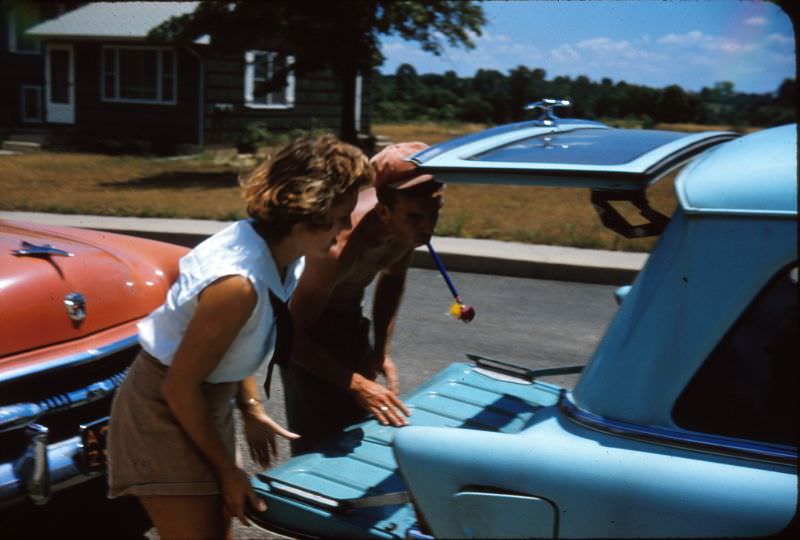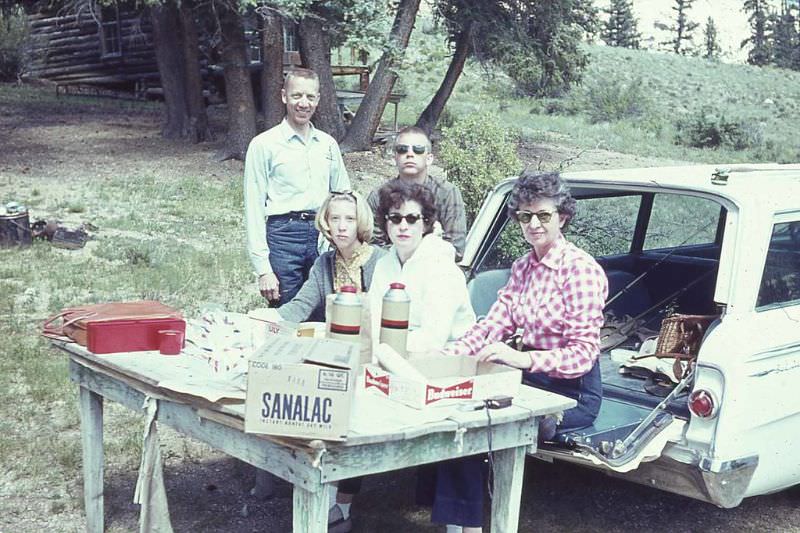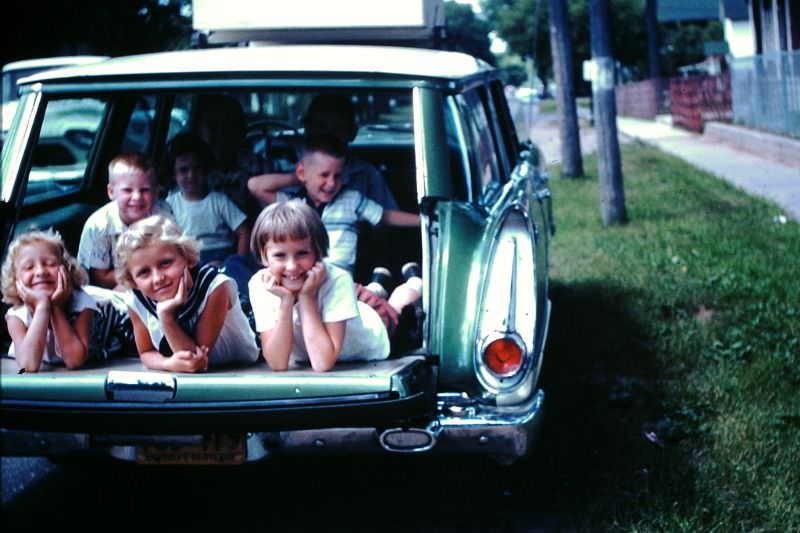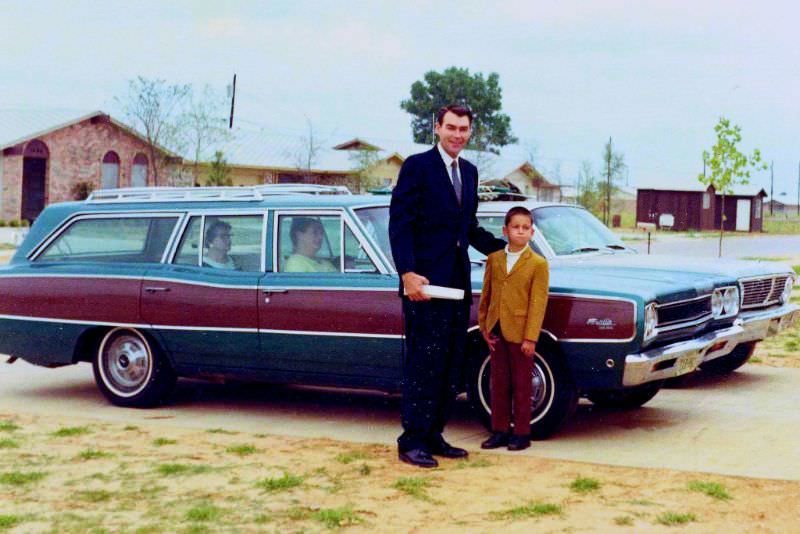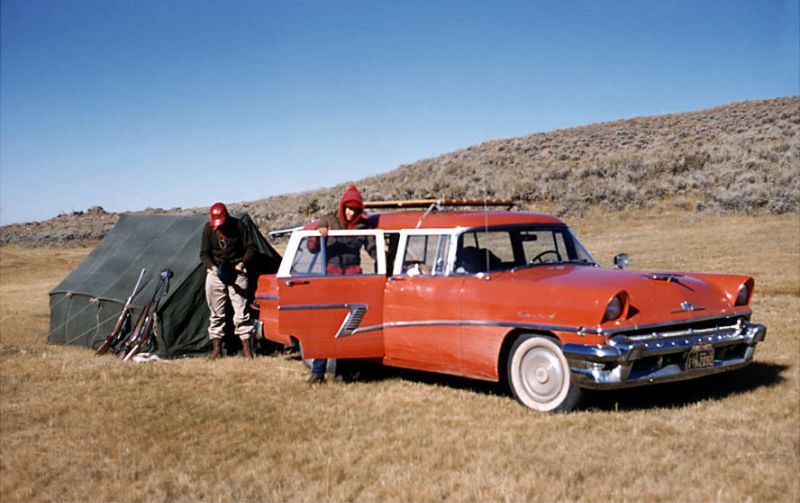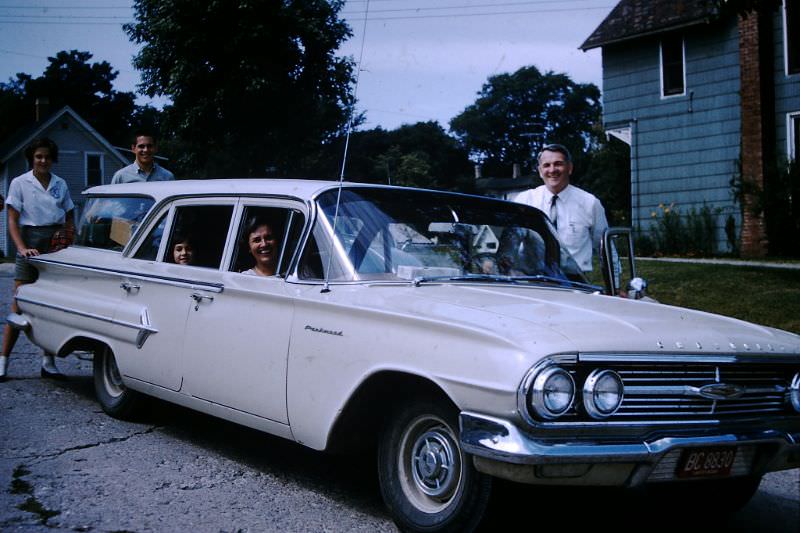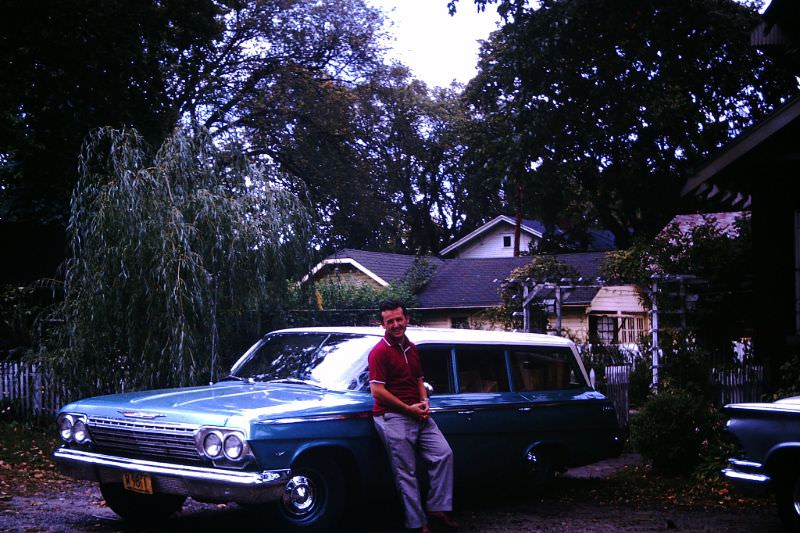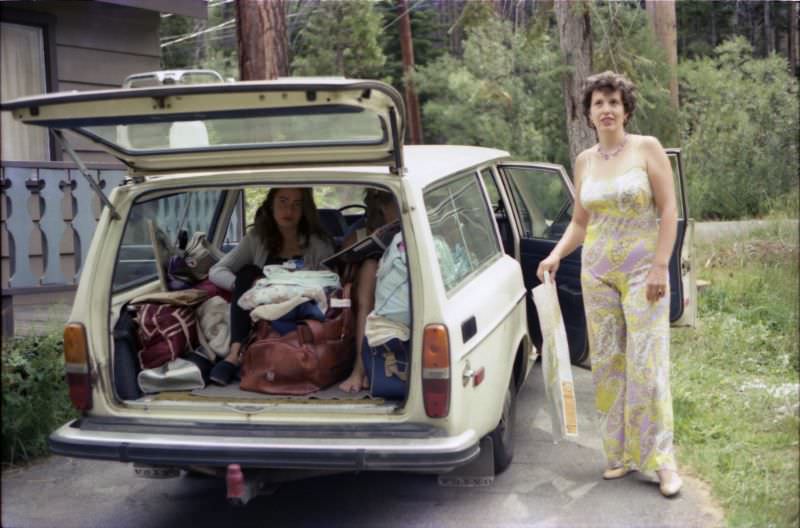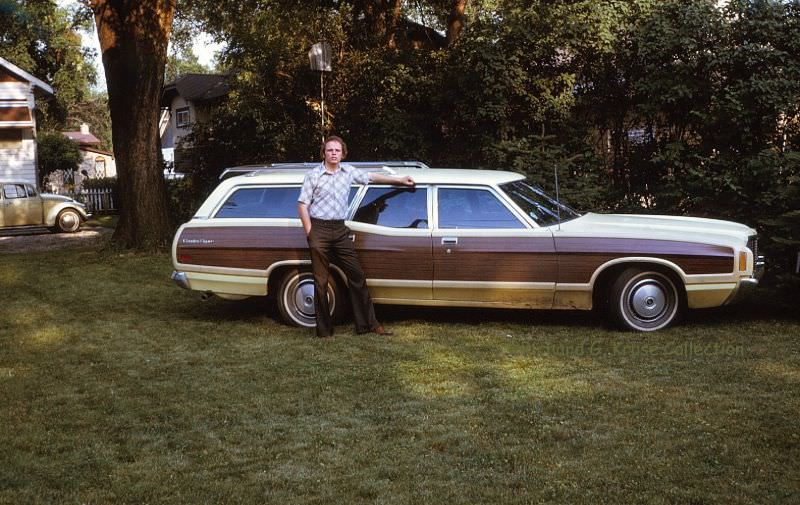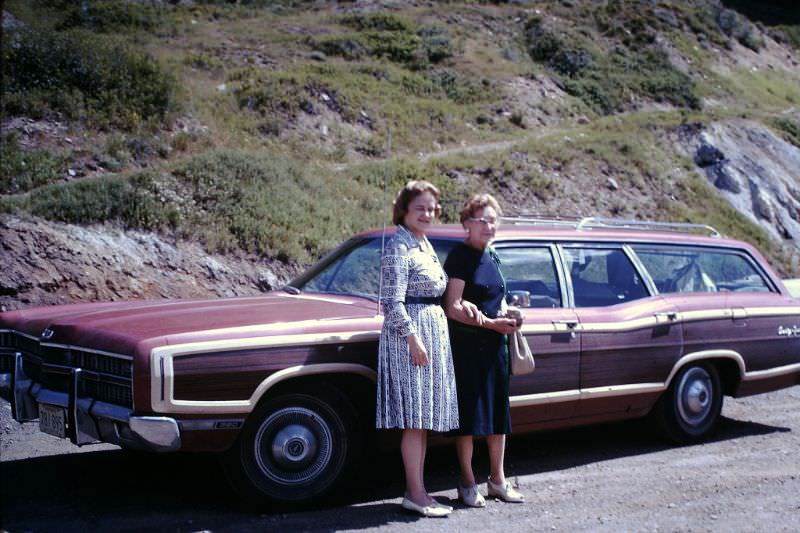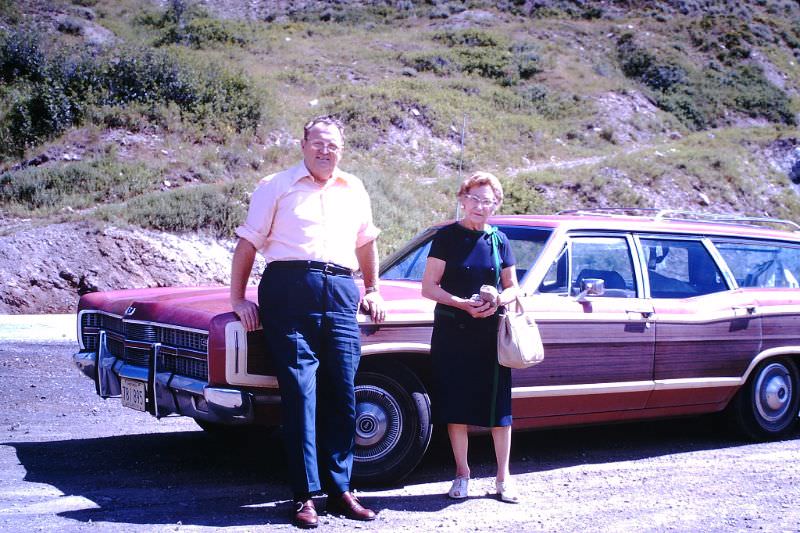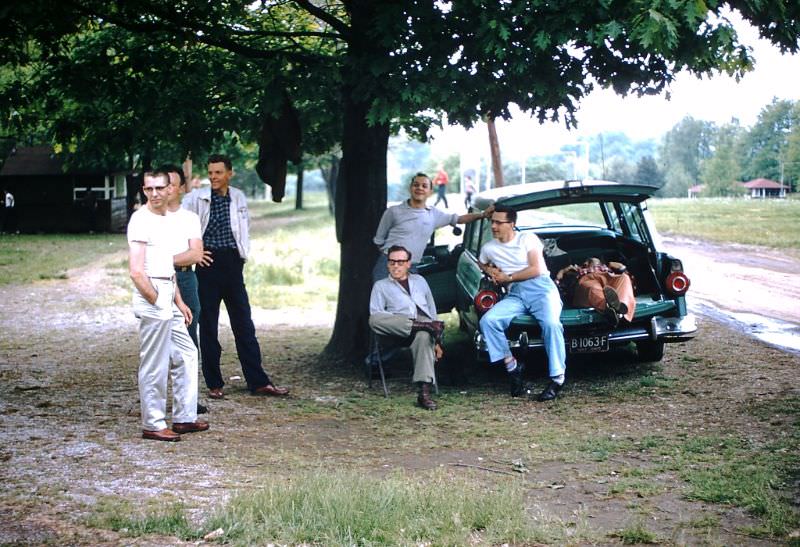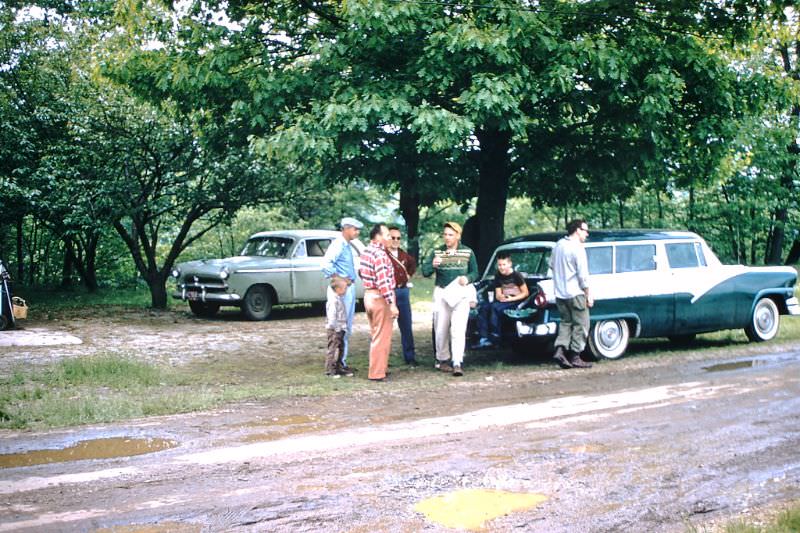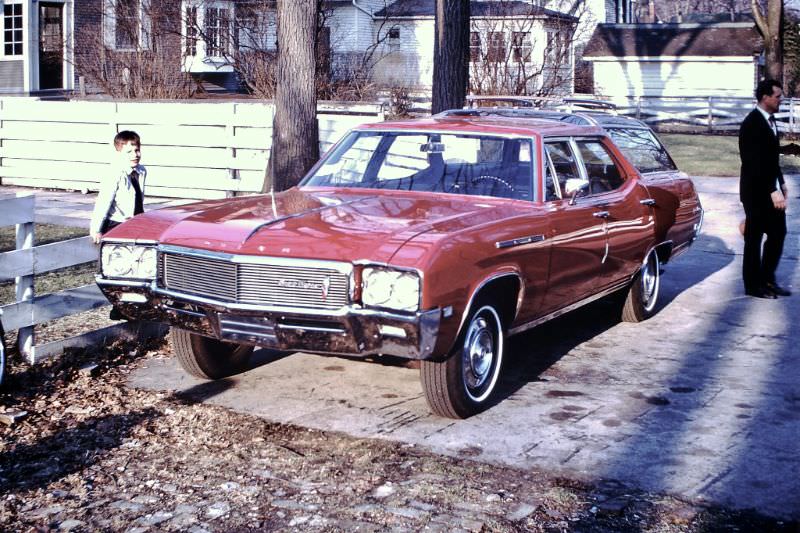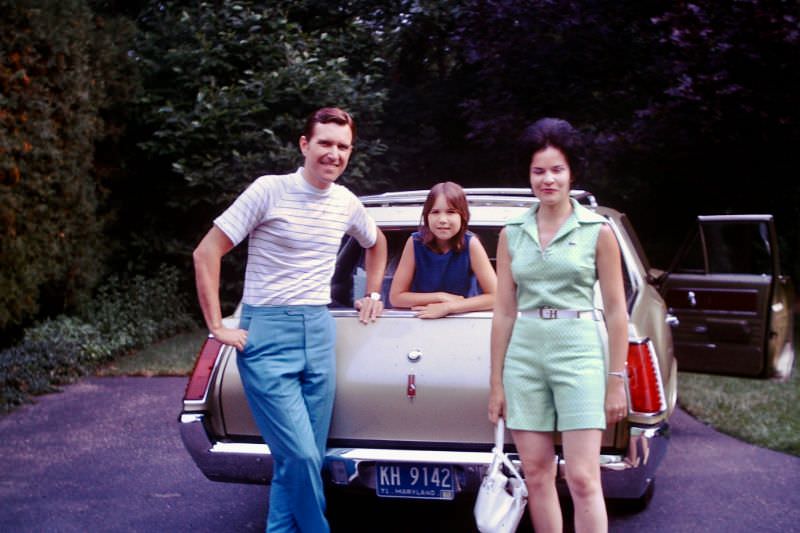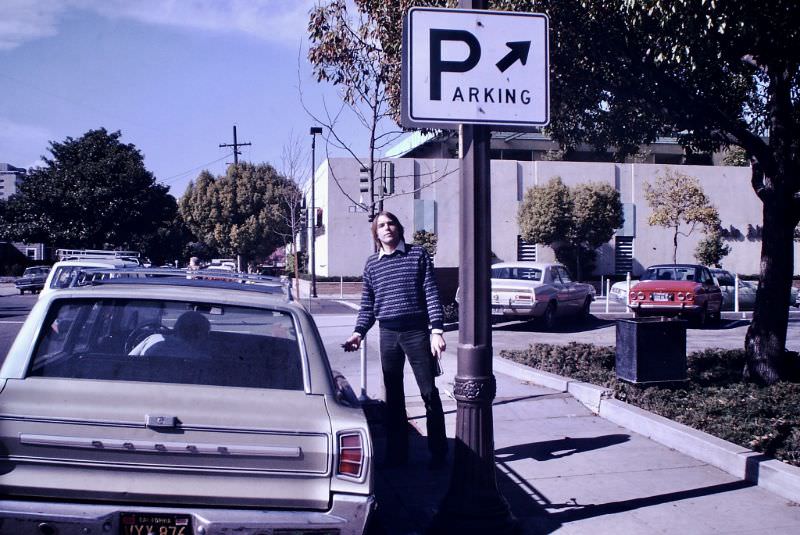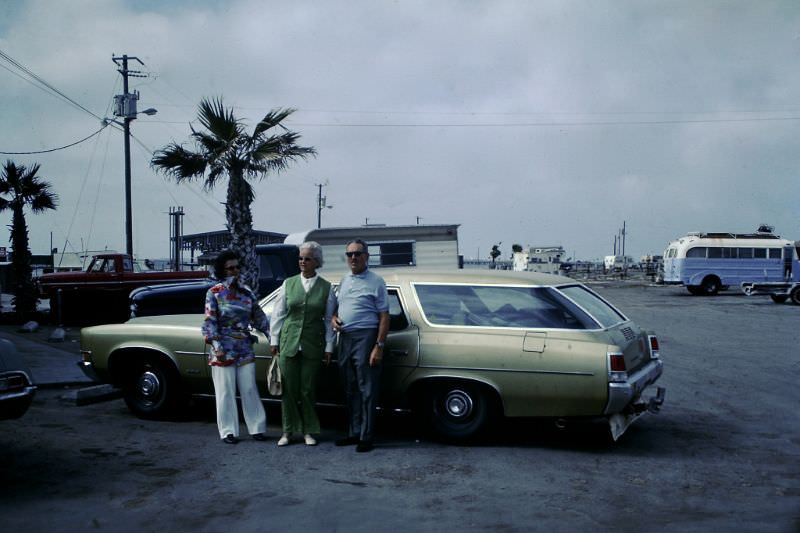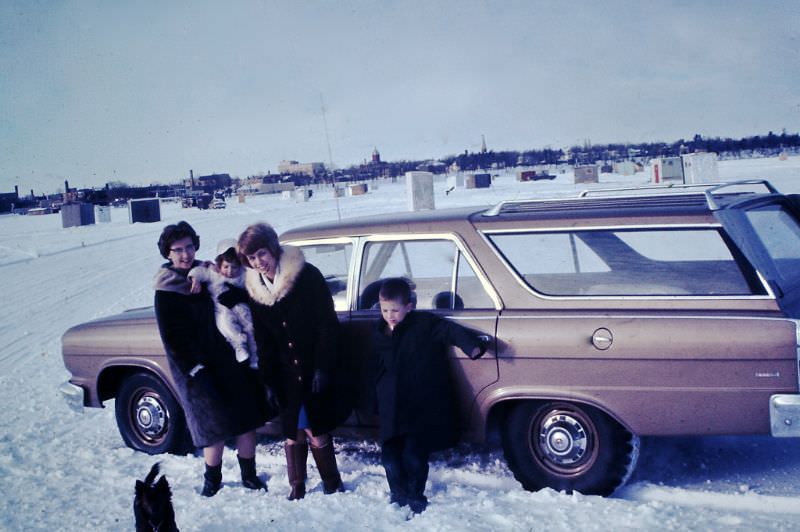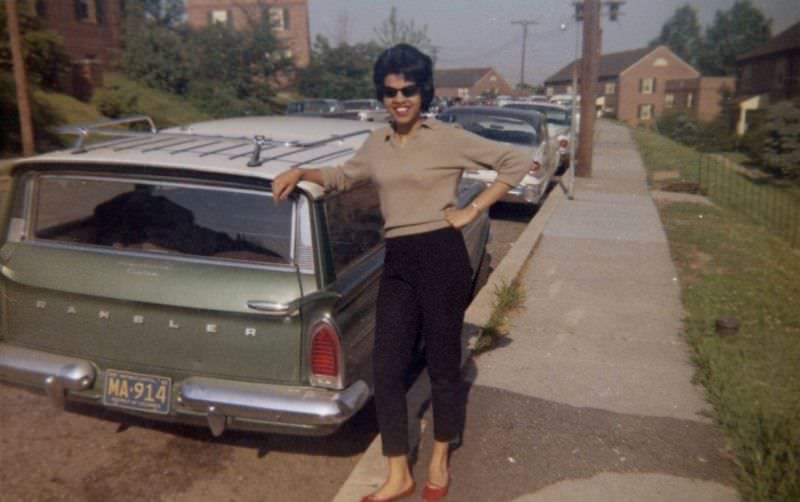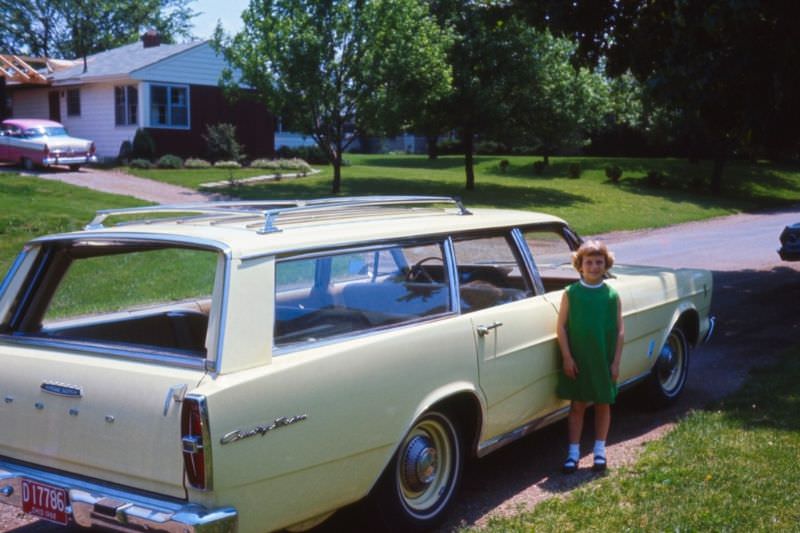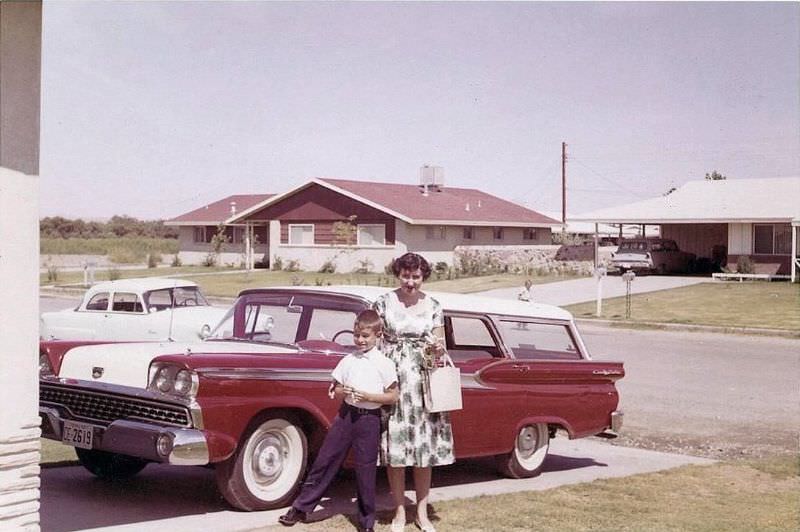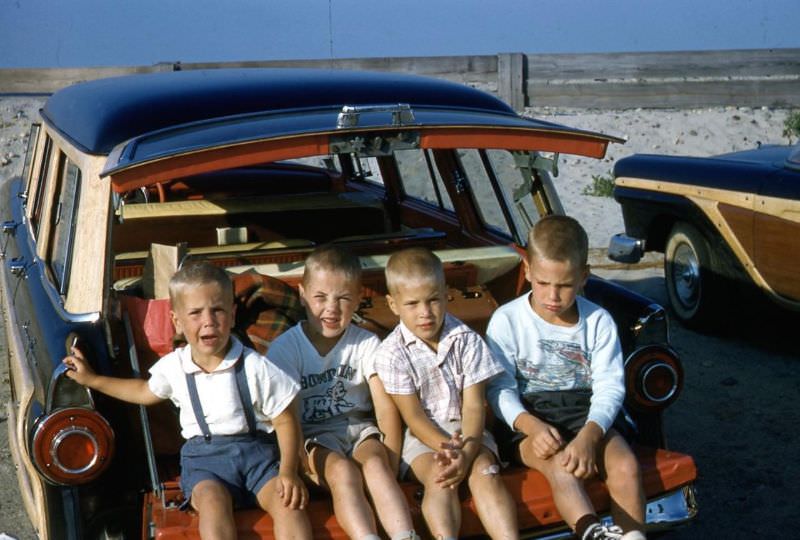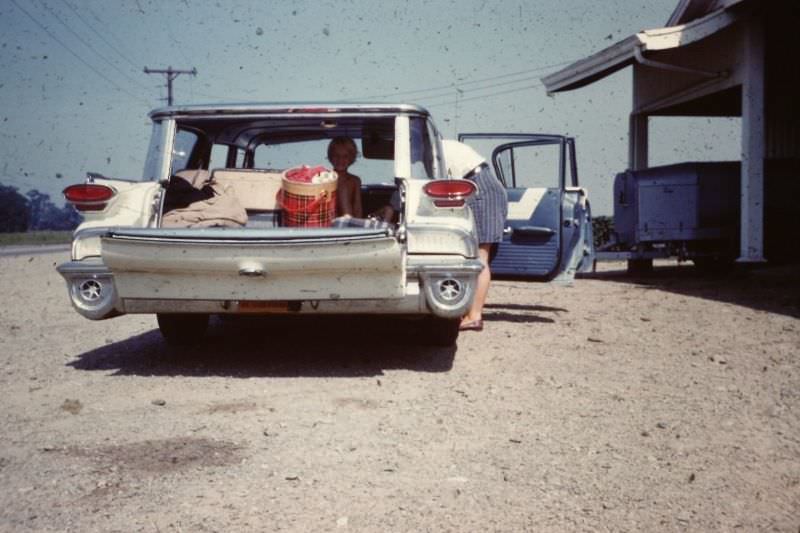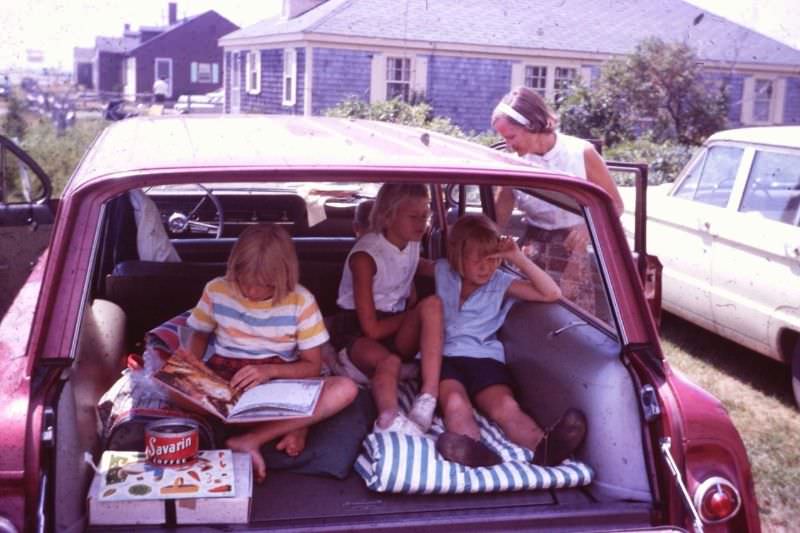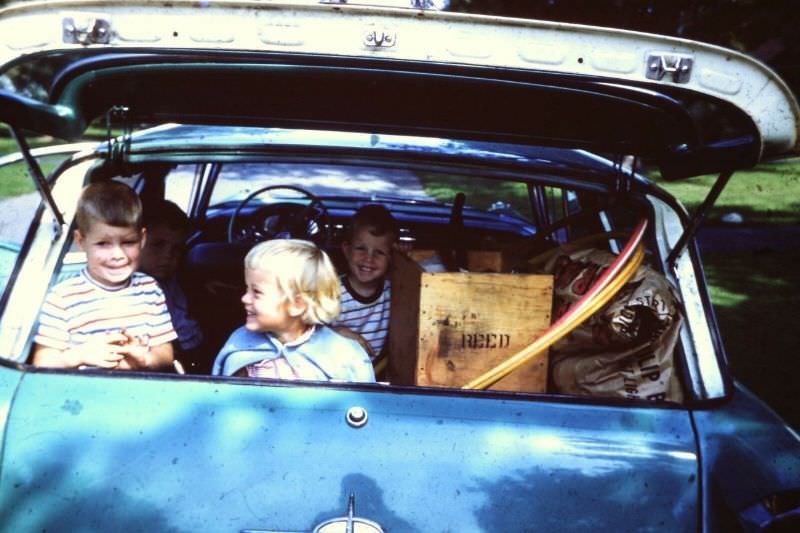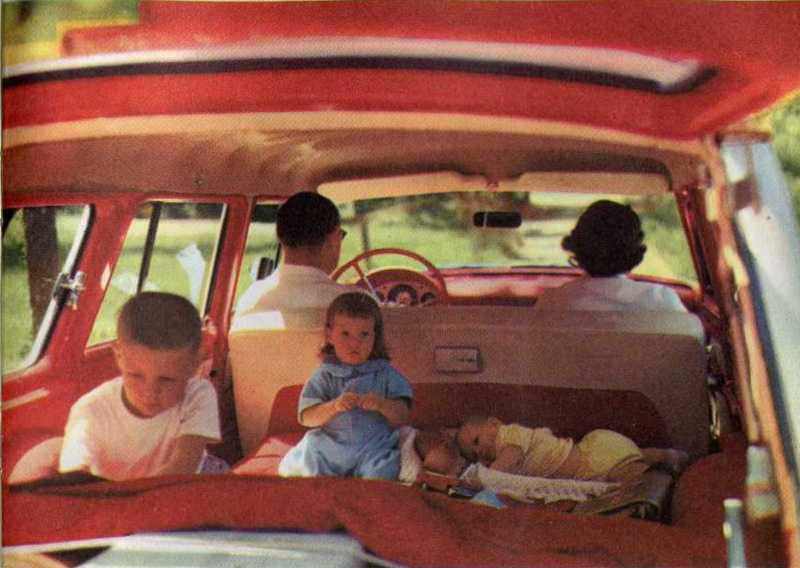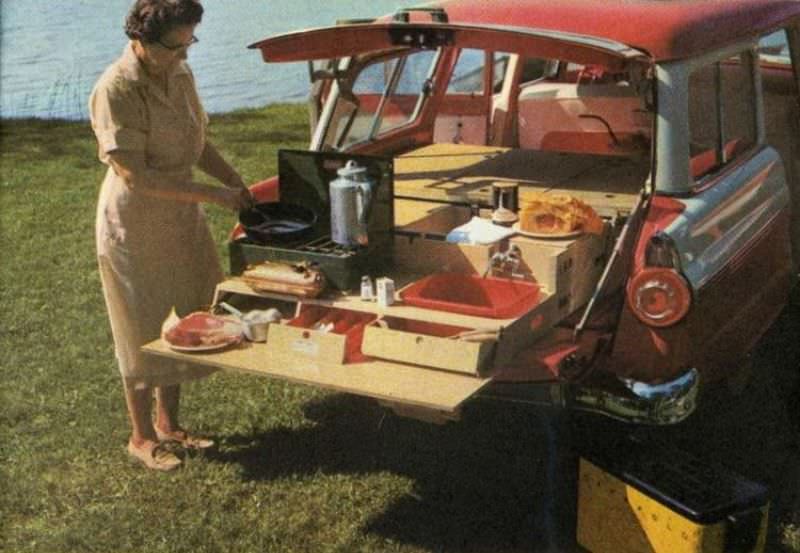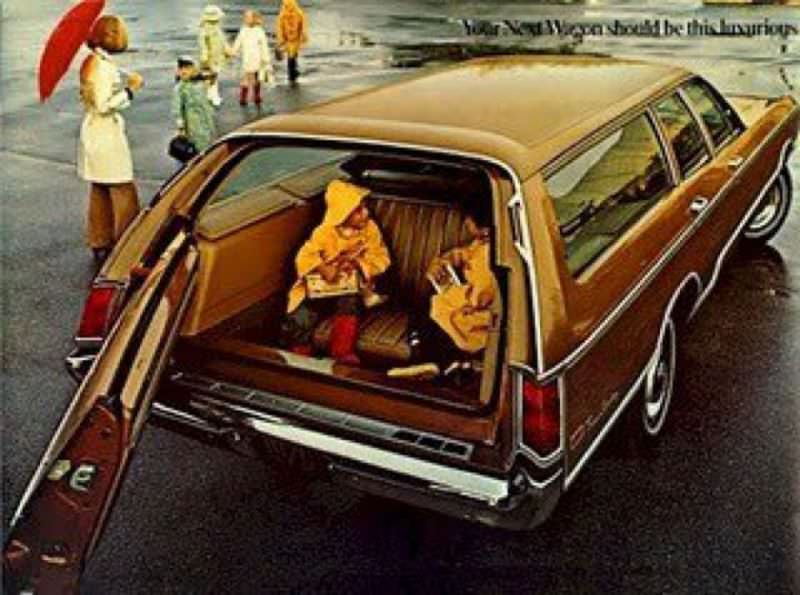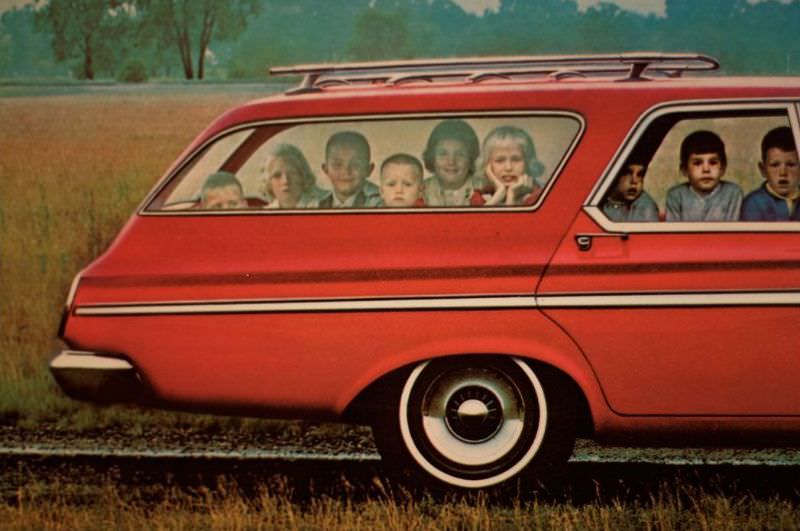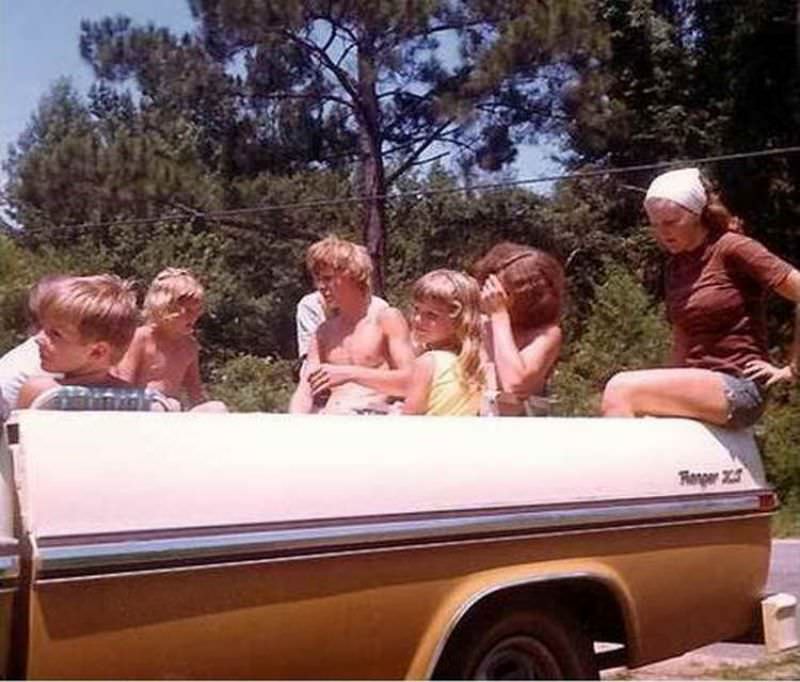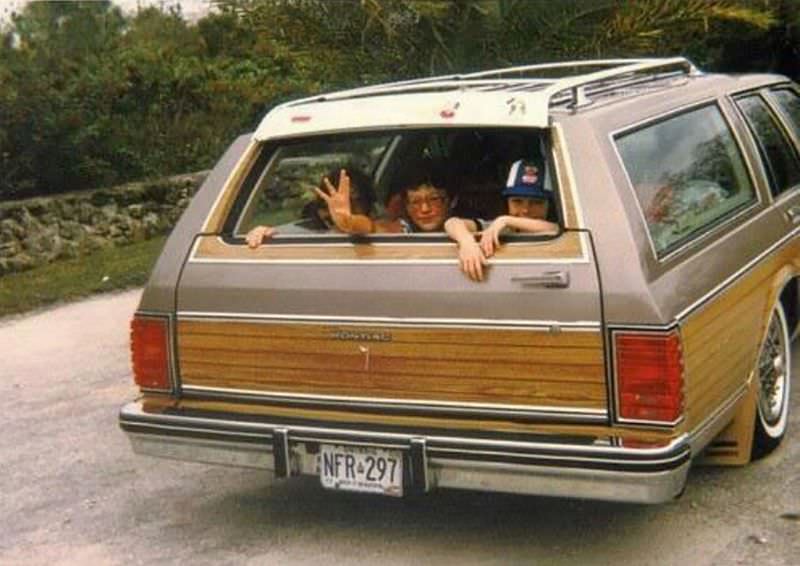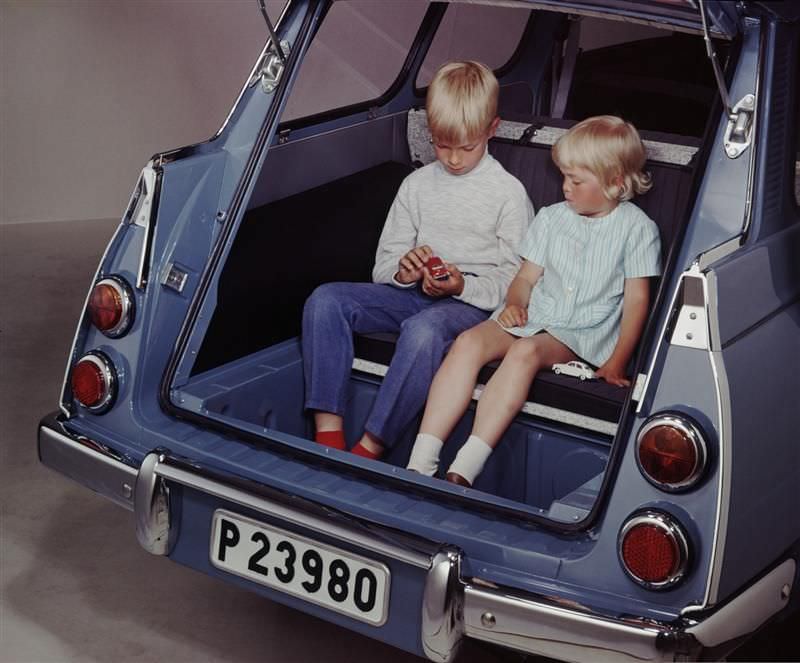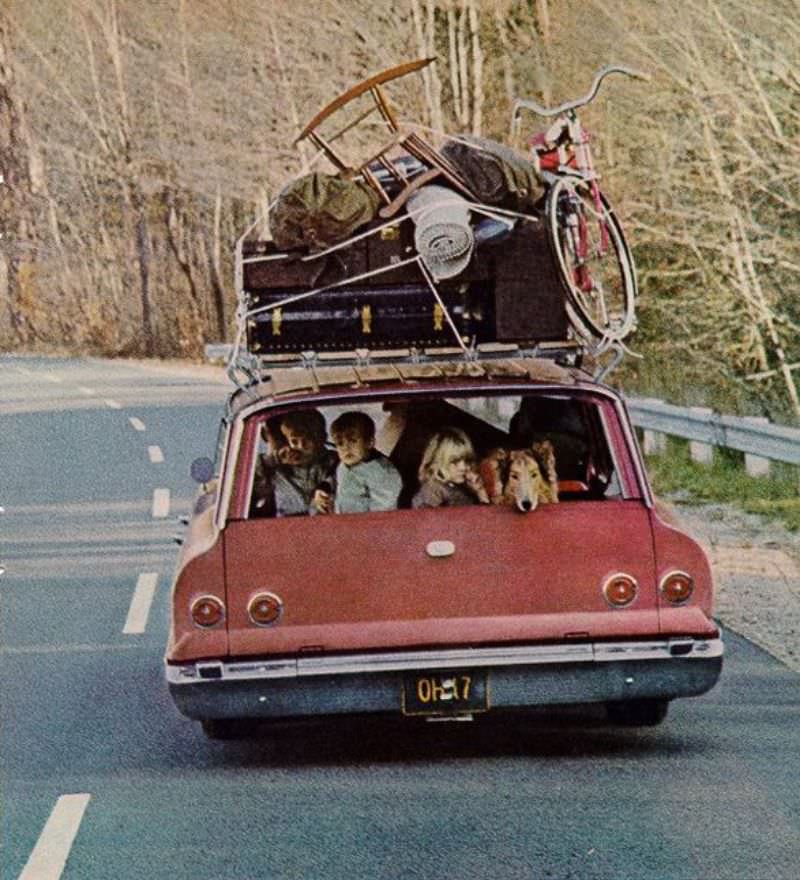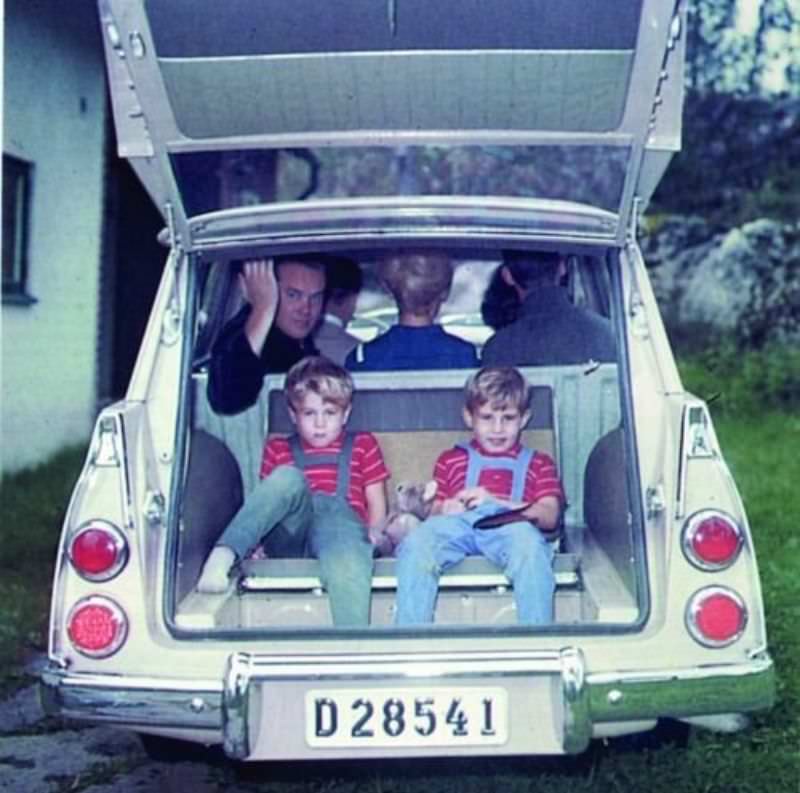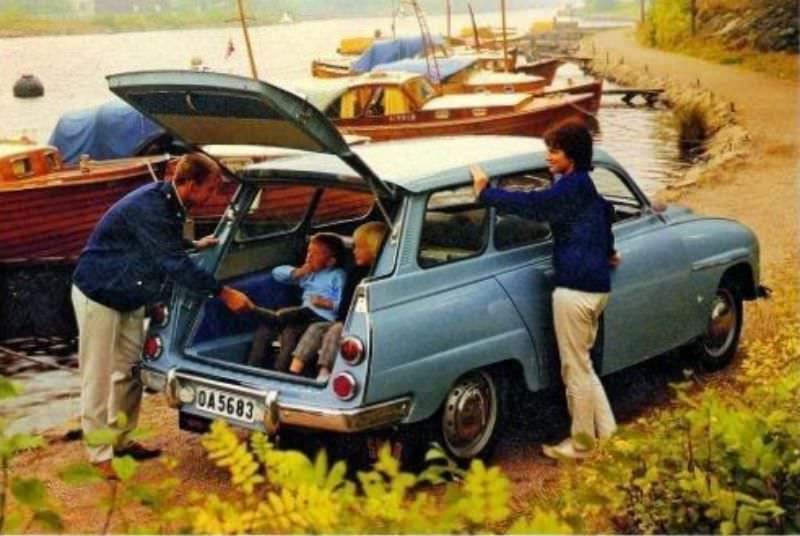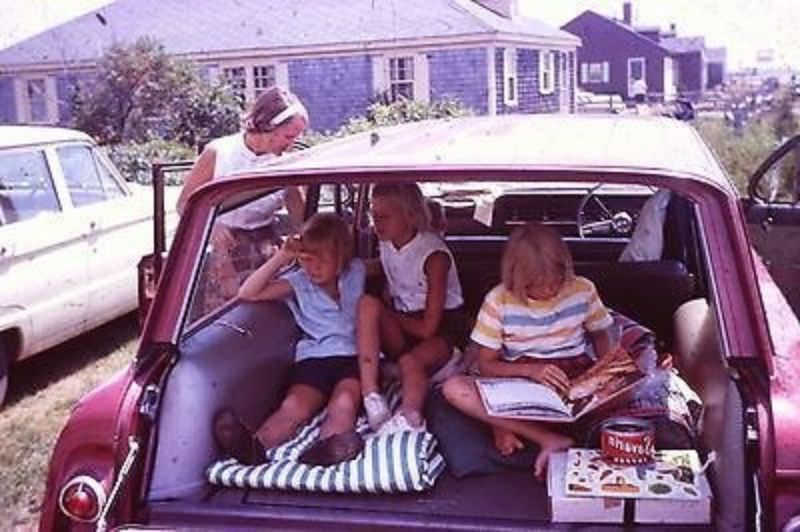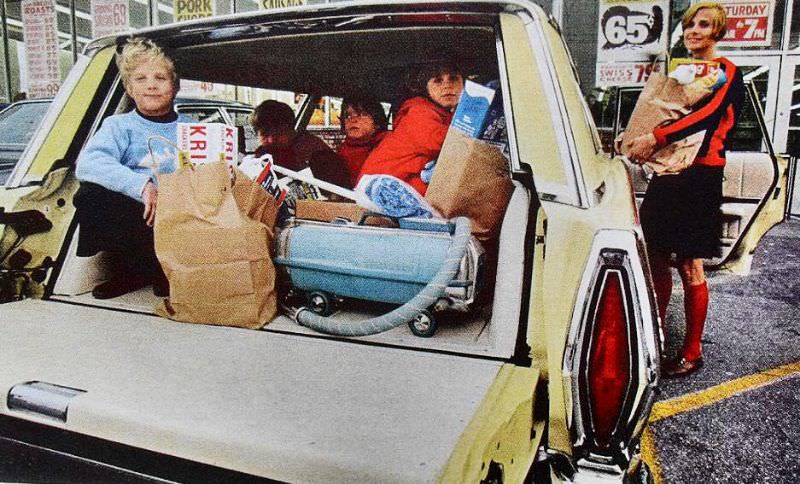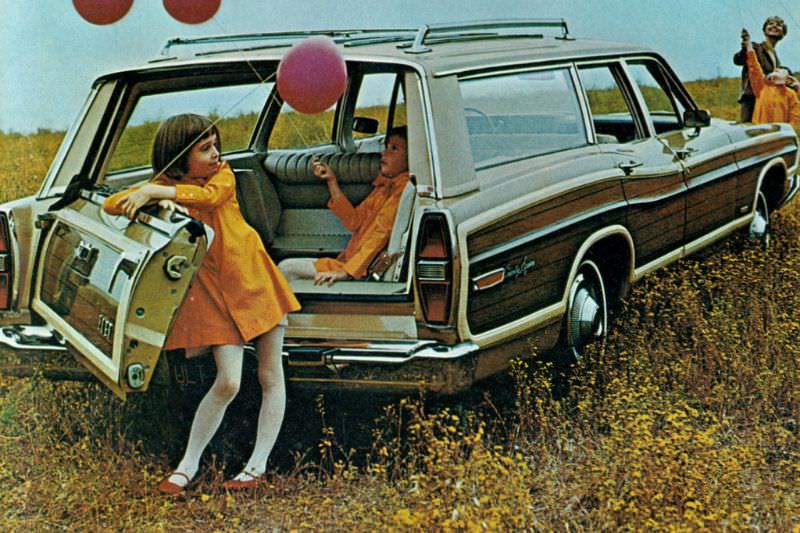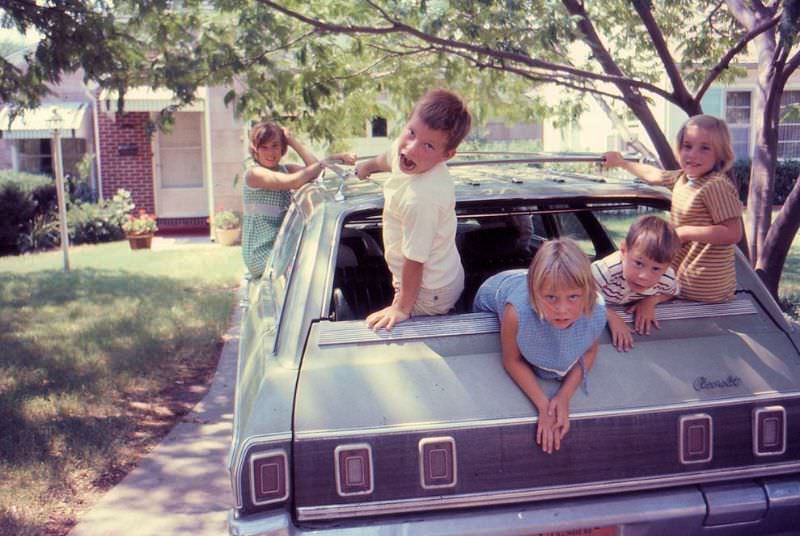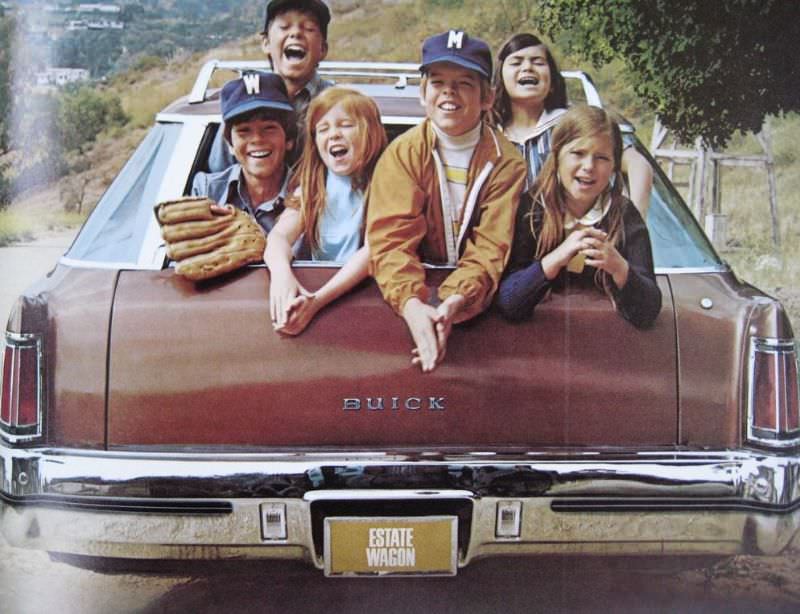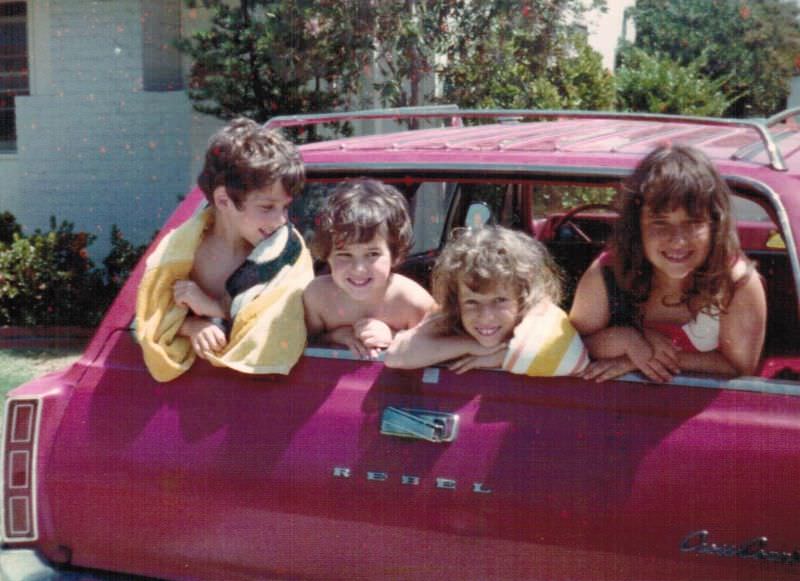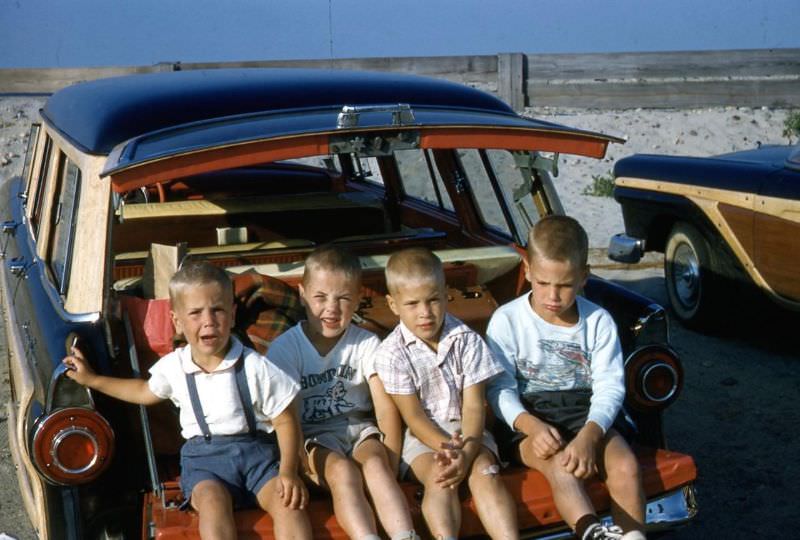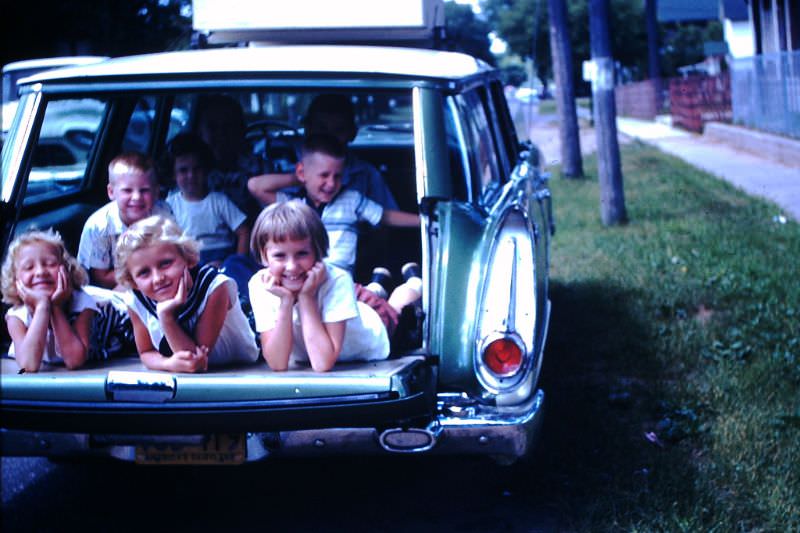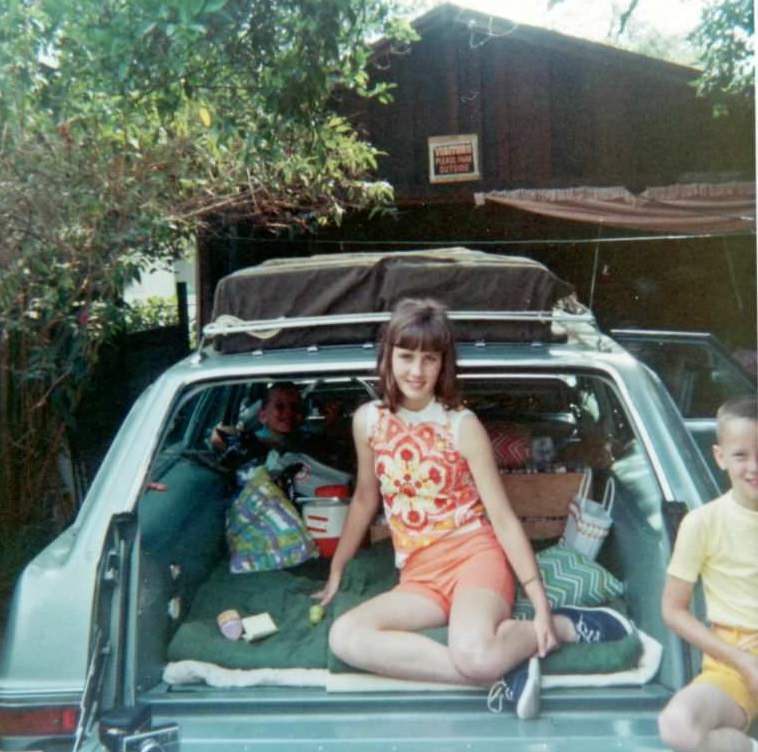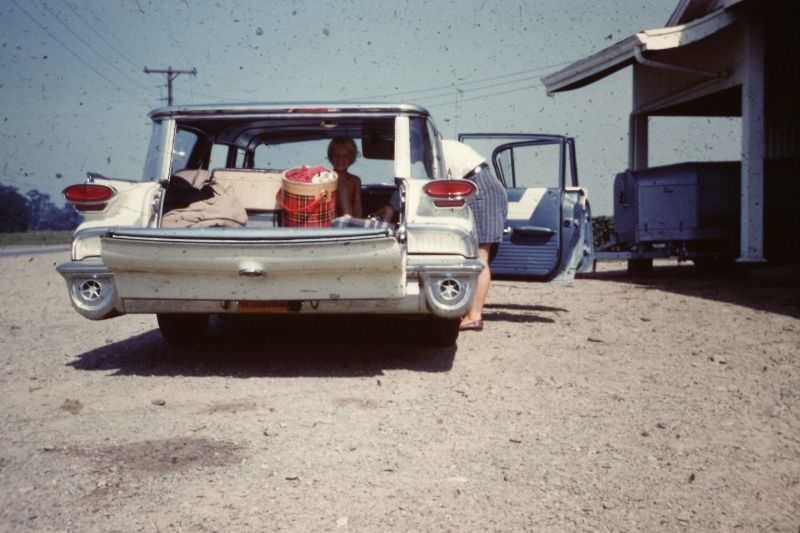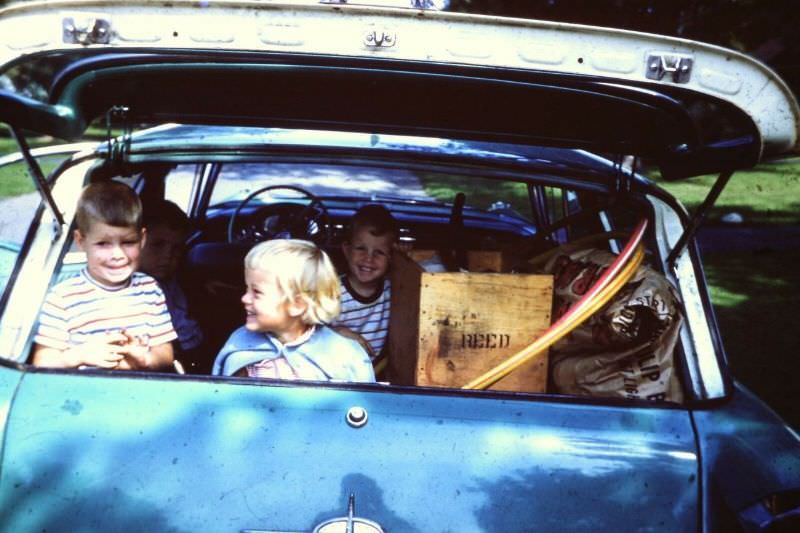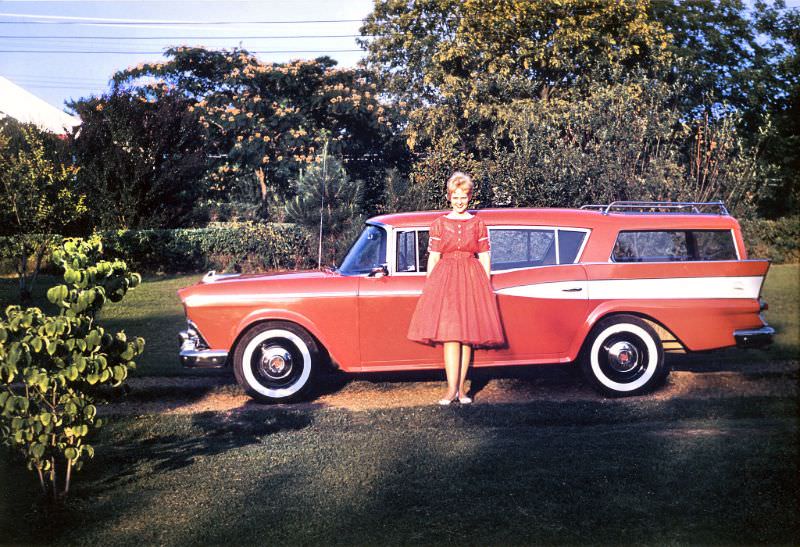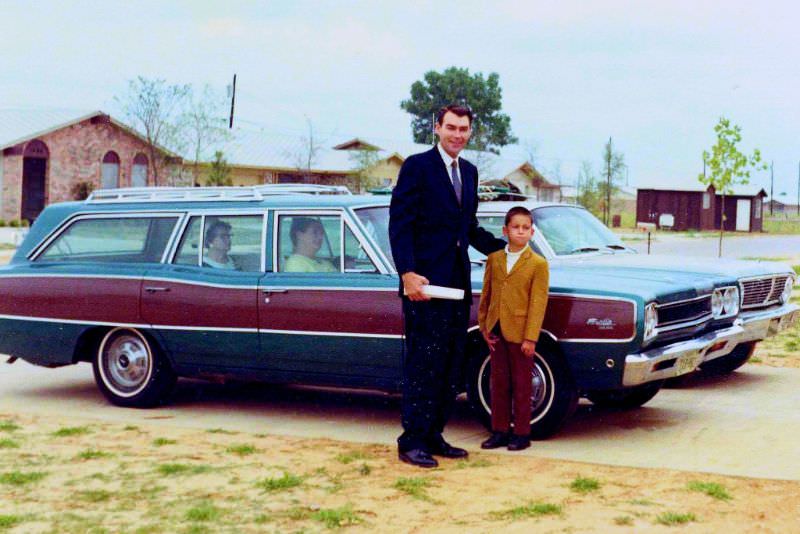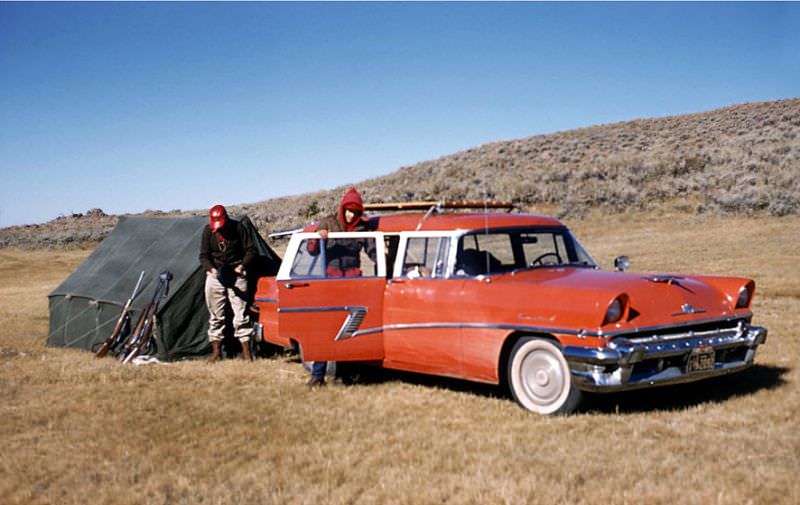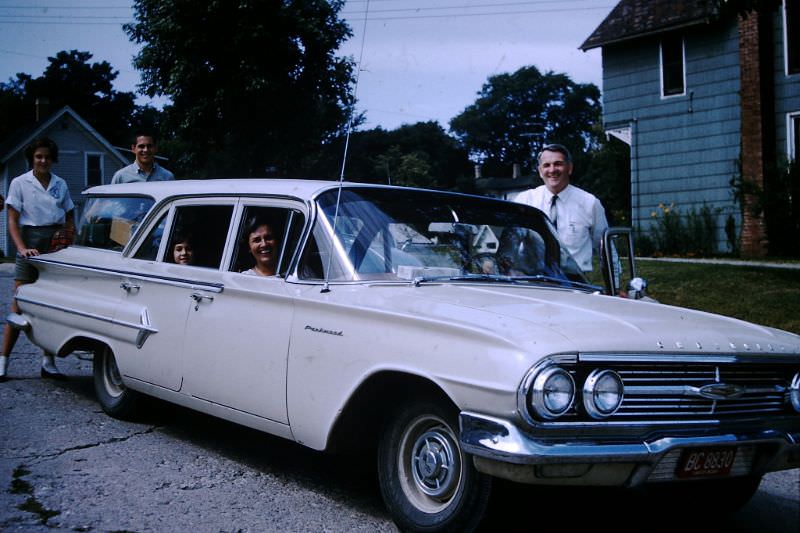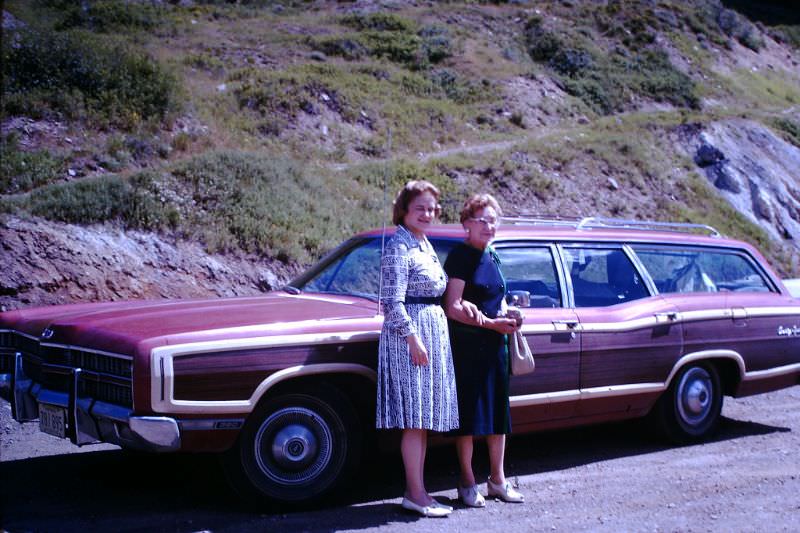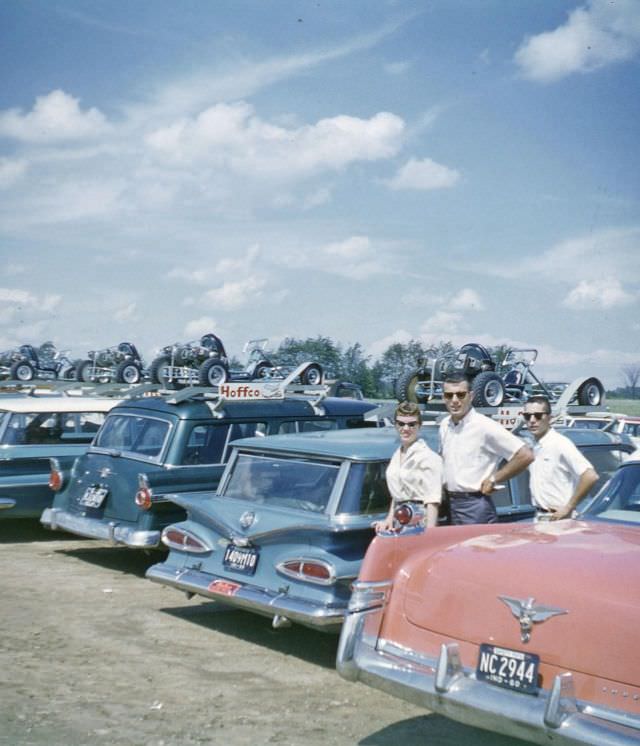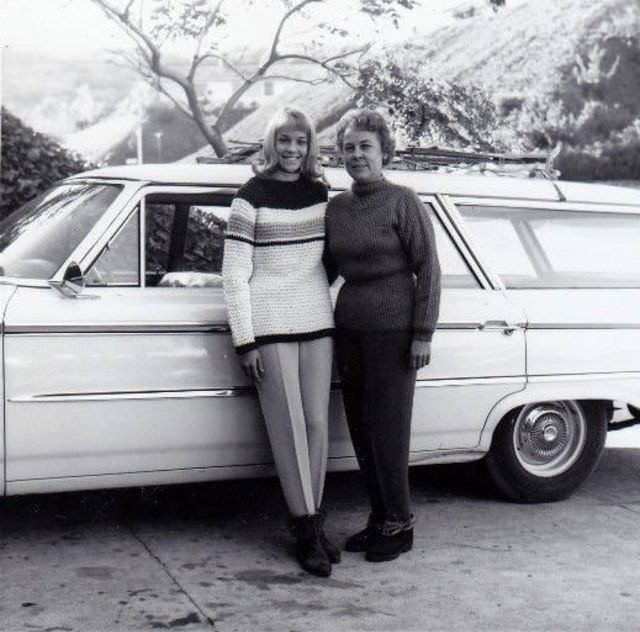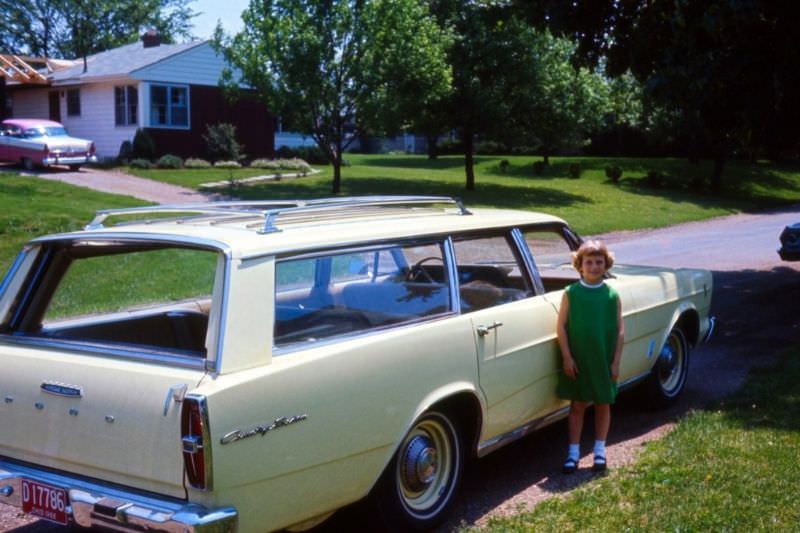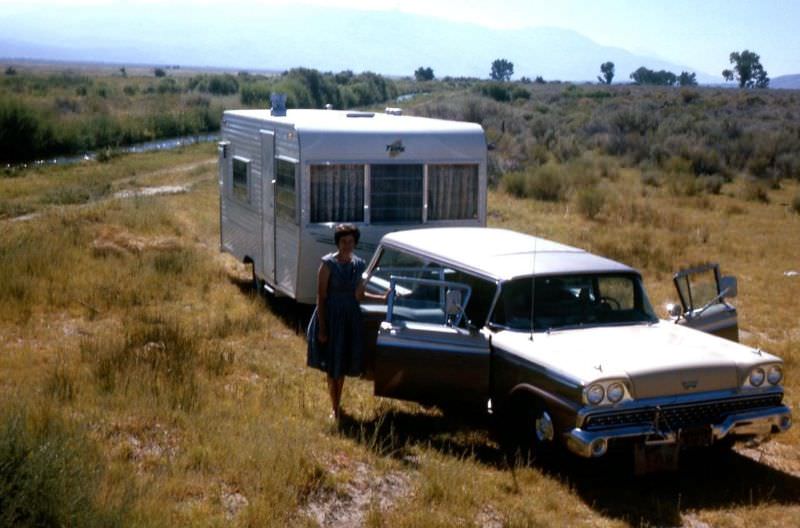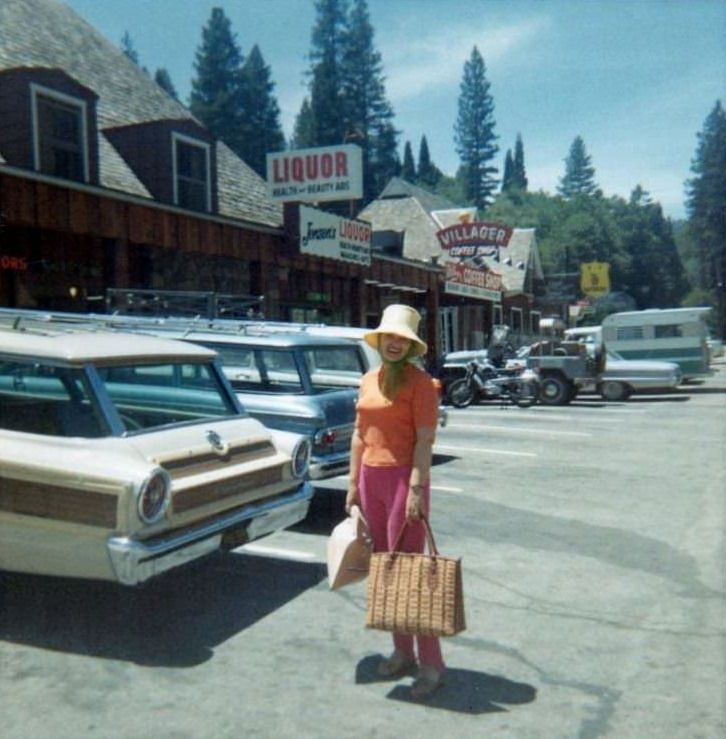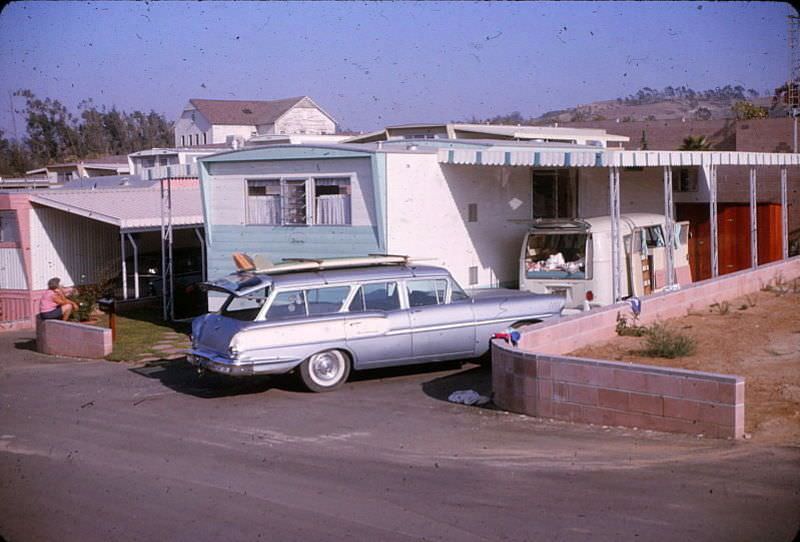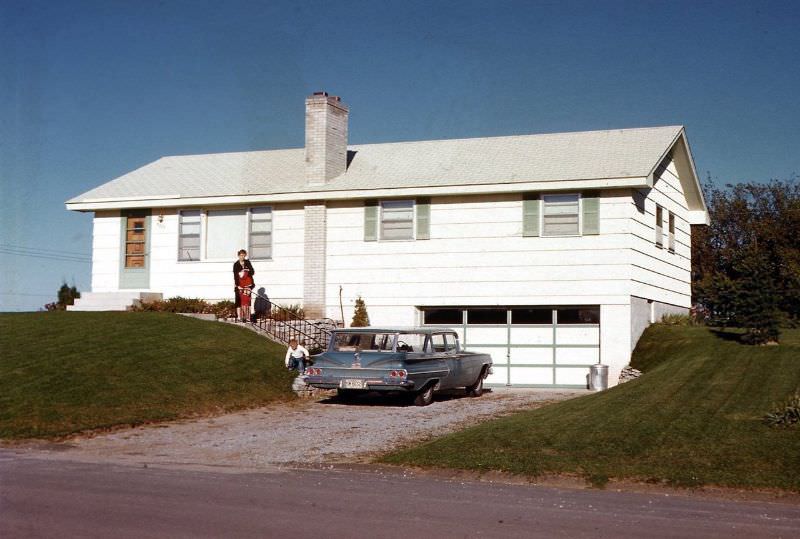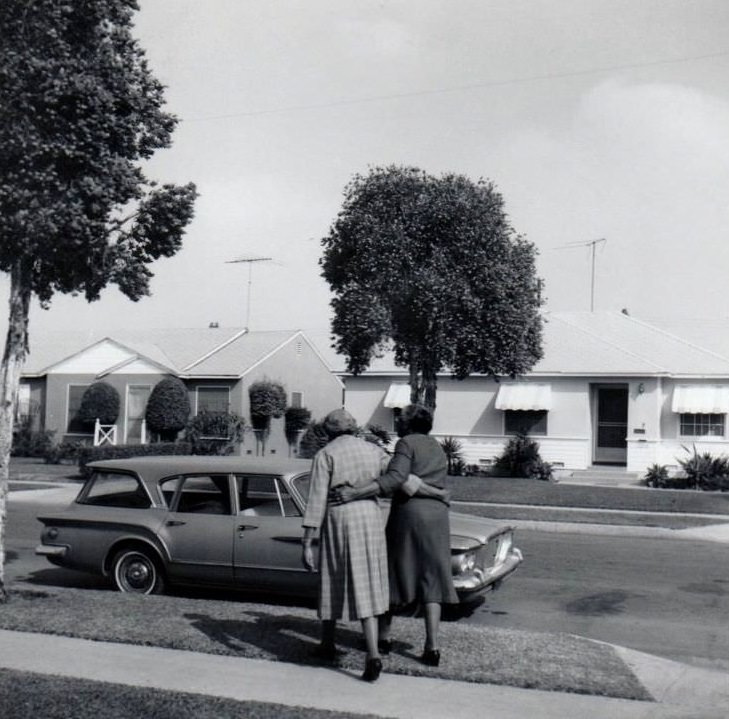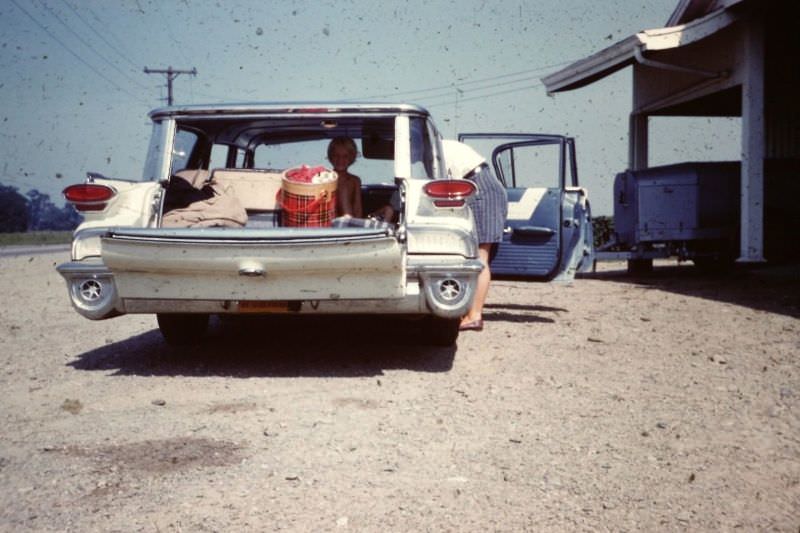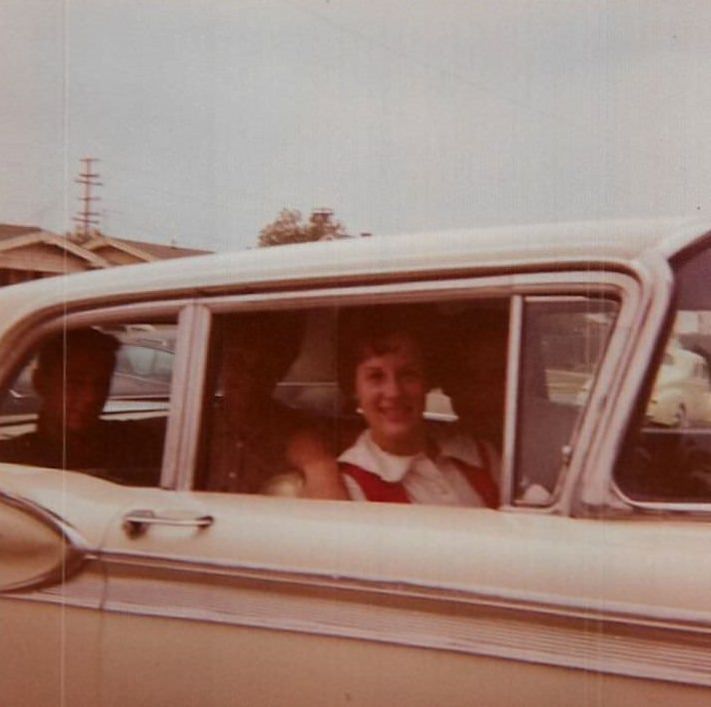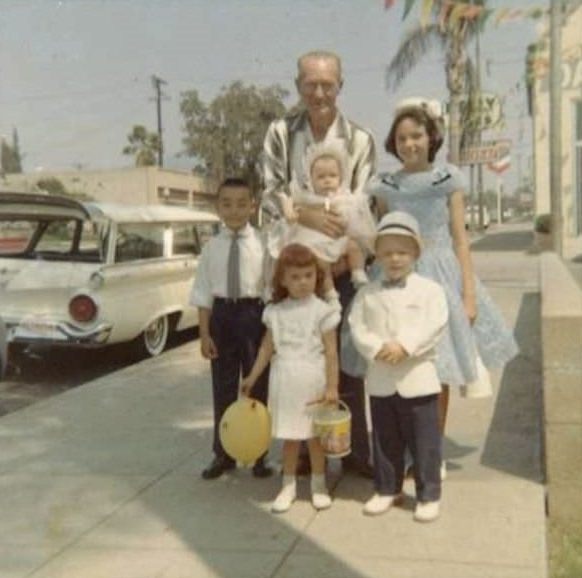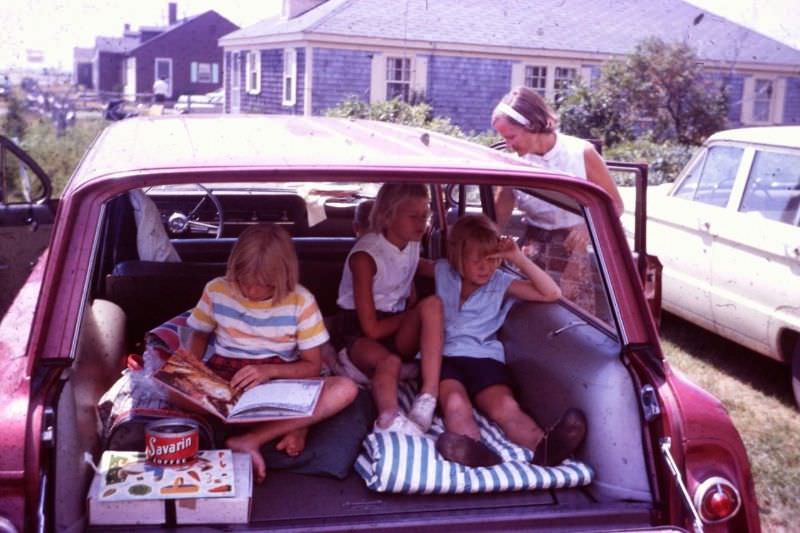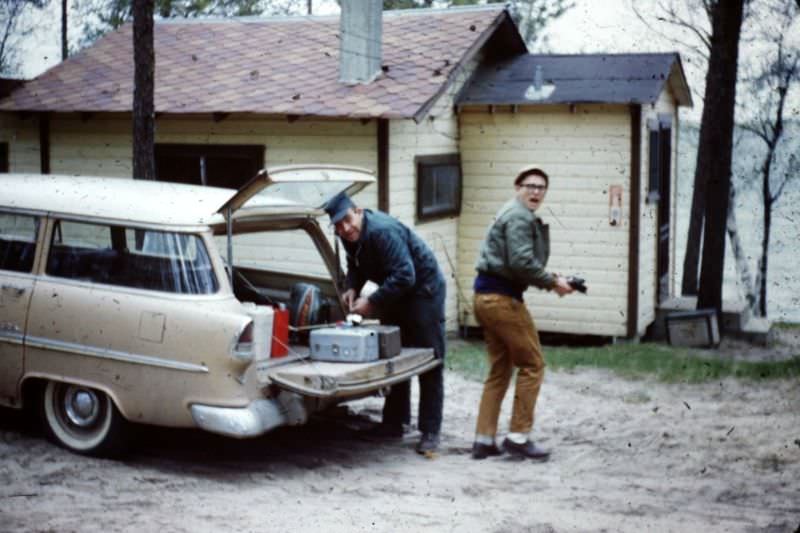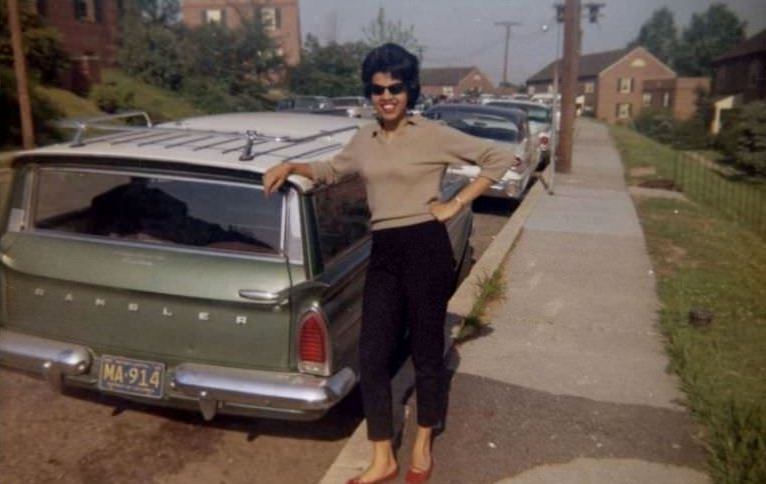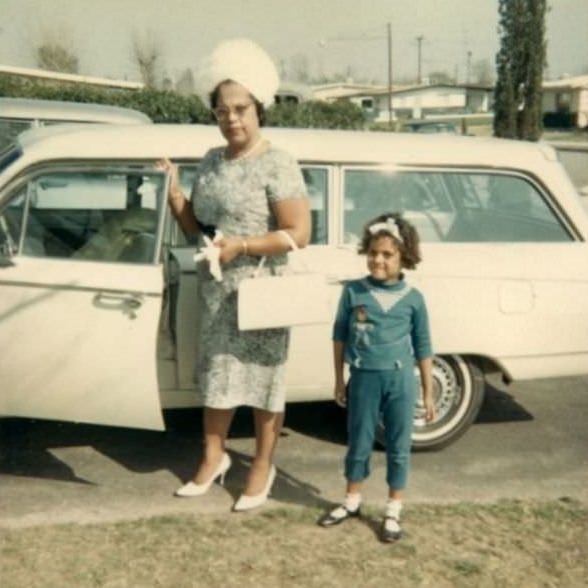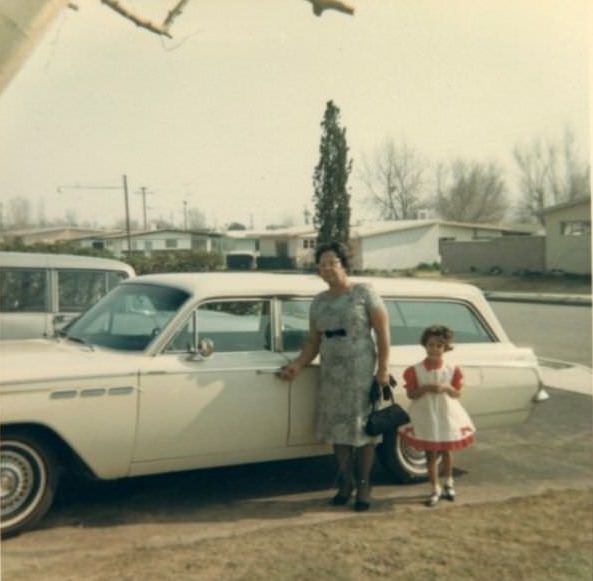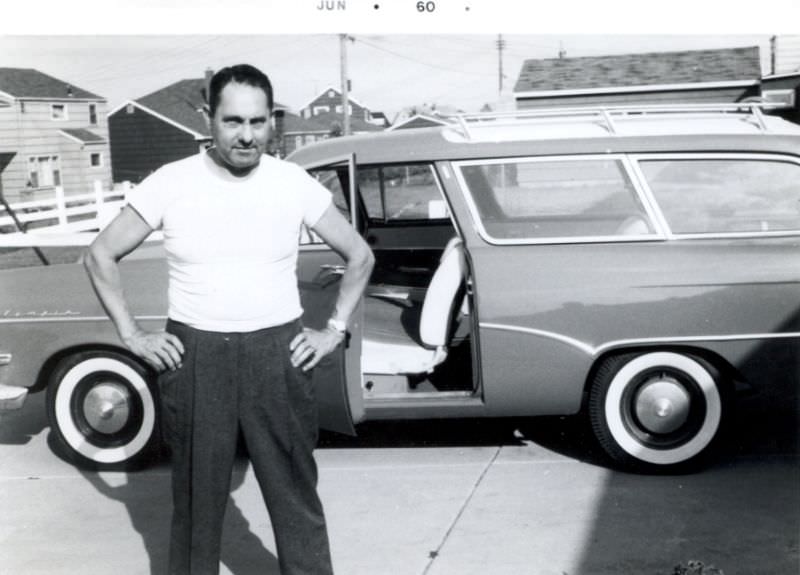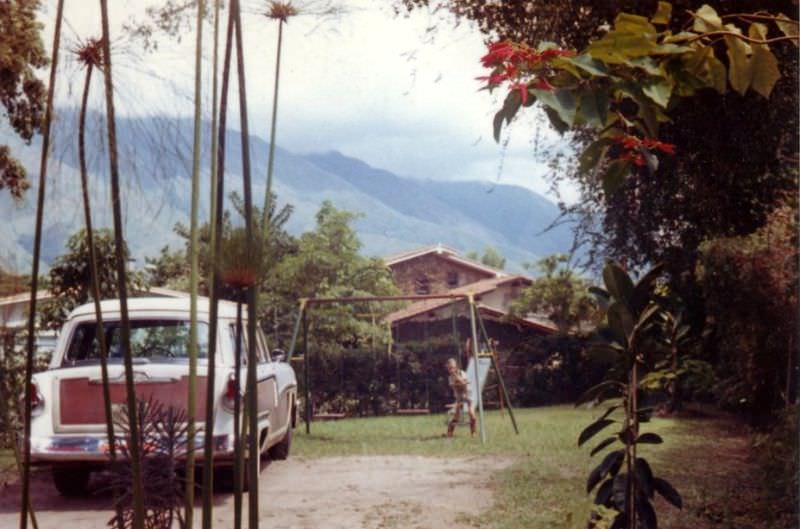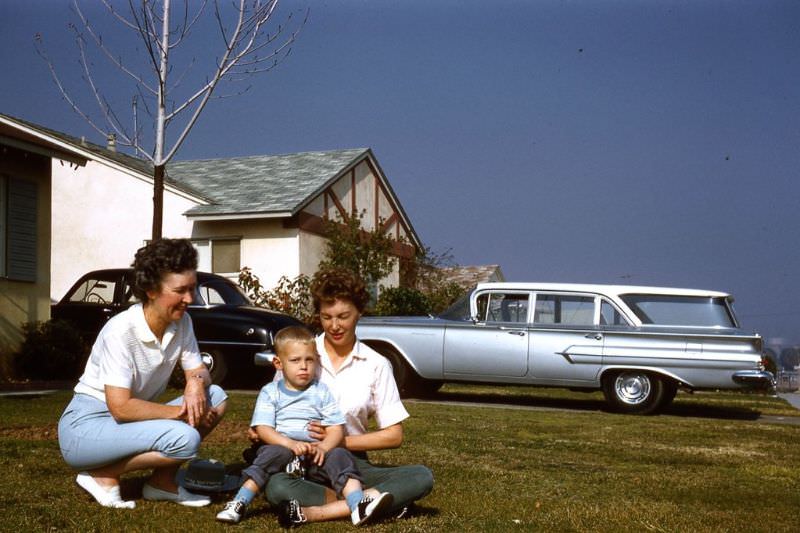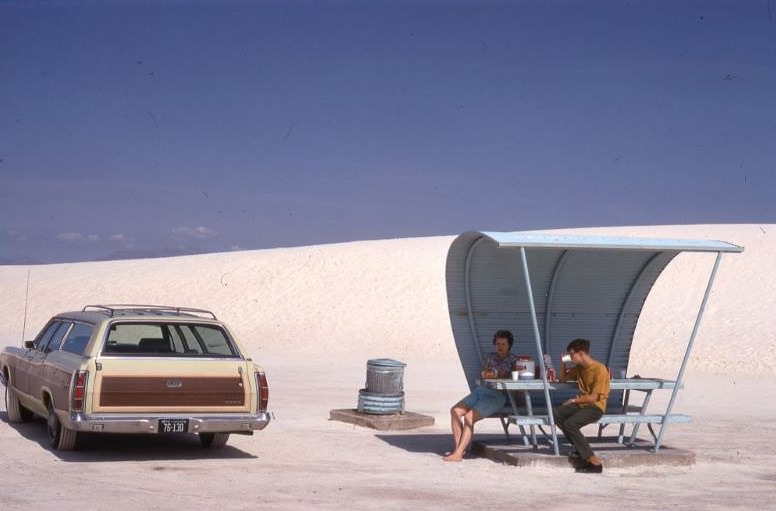The station wagons we remember today are primarily associated with classic models like the “Woody,” with wood paneling on the sides and sofa seats in the back, creating the illusion of a traveling rec room. As a sedan/saloon variant, a station wagon has a roof that extends rearward over a shared passenger/cargo volume with a distance from three to five doors at the rear. The rear seats can be folded down to adjust the interior volume to prioritize passenger or cargo space. Originally intended to carry passengers and luggage between a train station and nearby estates, station wagons evolved into a global phenomenon. Early models with exposed wooden bodies became known as ‘woodies’ in the United States.
History of Station Wagons
Independent manufacturers built the first station wagons around 1910 for Ford Model T chassis using wooden bodies. The original term was “depot hacks” because they worked around train depots in hacks (the equivalent of taxi cabs then). After a while, car manufacturers created their versions of station wagons. In 1923 Star (a division of Durant Motors) became the first car company to offer a station wagon. Initially classified as commercial vehicles (rather than consumer automobiles), the early station wagons were left unsheathed due to their commercial nature. Its first-ever chassis was derived from a panel truck and built on a Chevrolet Suburban chassis. Before World War II, most station wagons were made with wooden bodies. During the 1950s and 1970s, the United States produced and sold the most station wagons.
During the post-war period, the first station wagon to be built on a car chassis was the 1949 Plymouth Suburban, a two-door design. Station wagons with wooden bodies and steel bodies were manufactured simultaneously by several manufacturers. In the 1950s, Plymouth produced station wagons with wooden-bodied. The 1953 Buick Super Estate was the last wooden-bodied station built in the United States.
Station Wagons now
Nowadays, station wagons have almost entirely ceased to exist. Over the past few decades, minivans and SUVs have taken over the role of family transportation. Except for Subaru’s Outback, wagons are typically high-end vehicles that sell in small numbers. Today’s station wagons may be fewer than in the Brady Bunch era, but they are stylish and cool, appealing to the individualistic buyer. The U.S. has dozens of wagon fans clubs, as well as websites devoted to the vehicles.
Below are some fascinating photos from the heydays of Station Wagons of families with their beautiful Station Wagons from the 1950s and 1960s.


